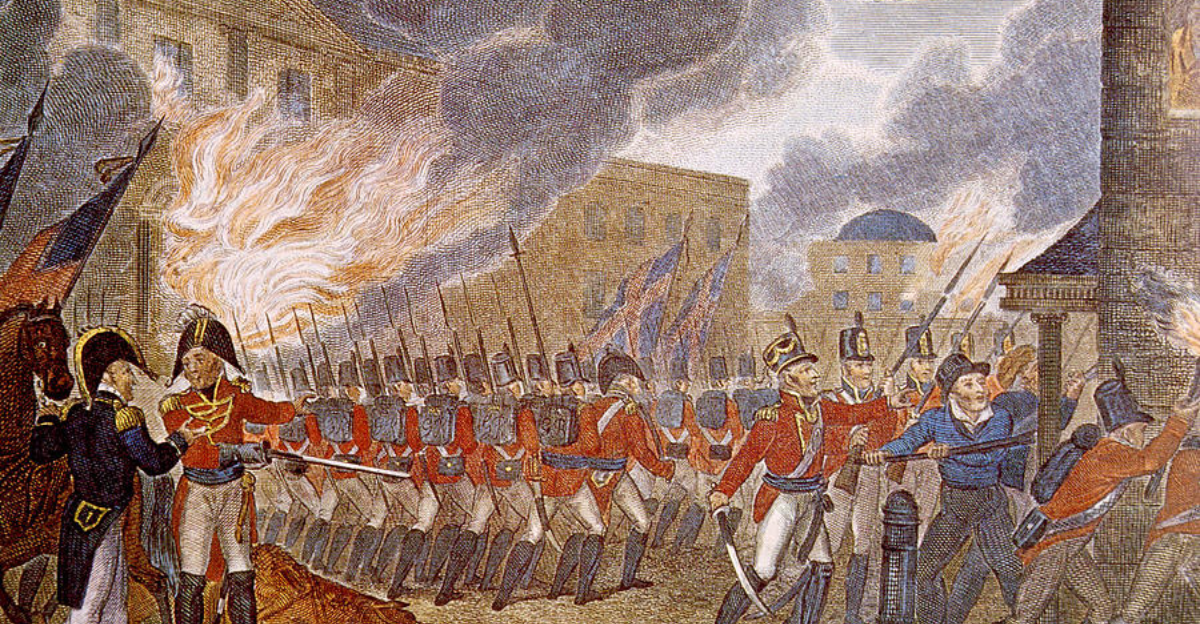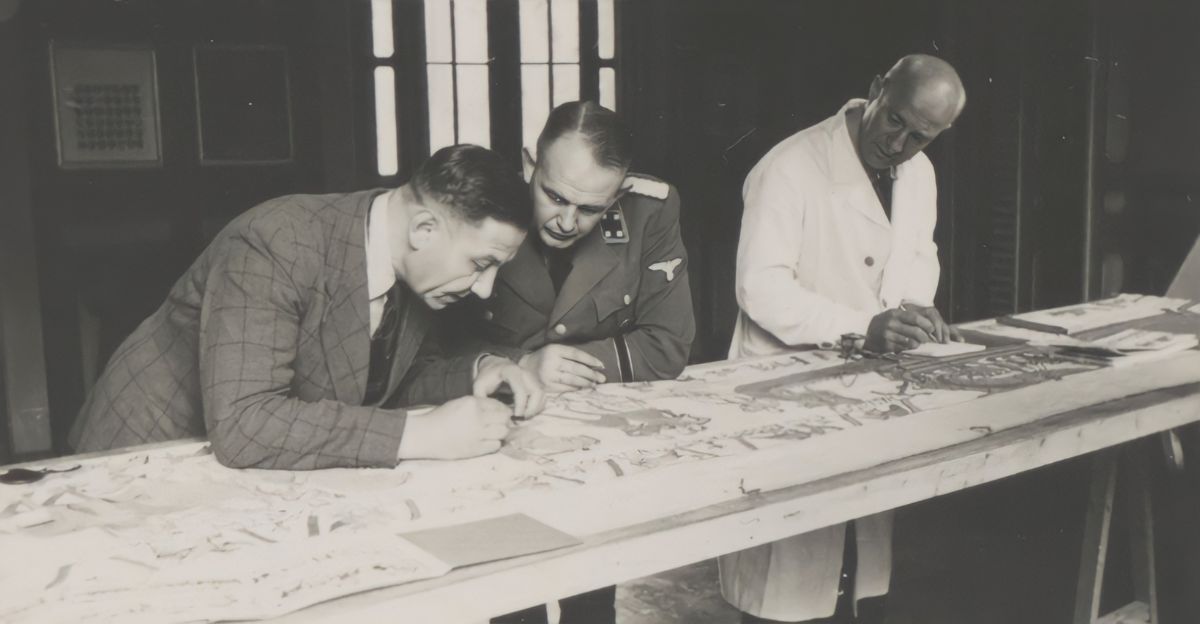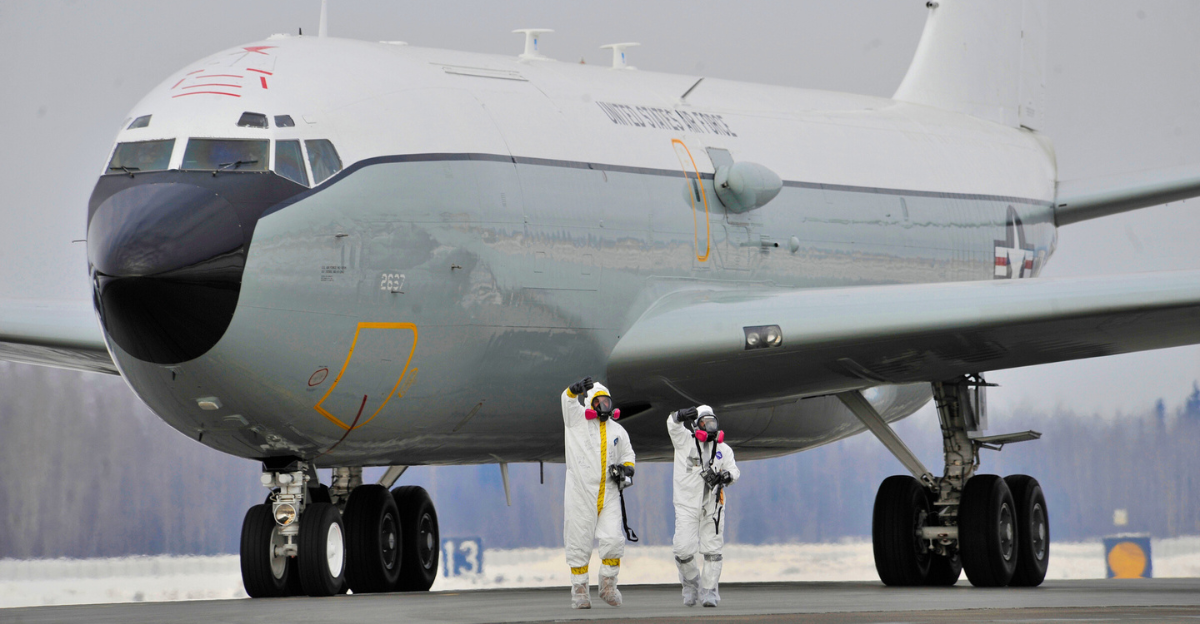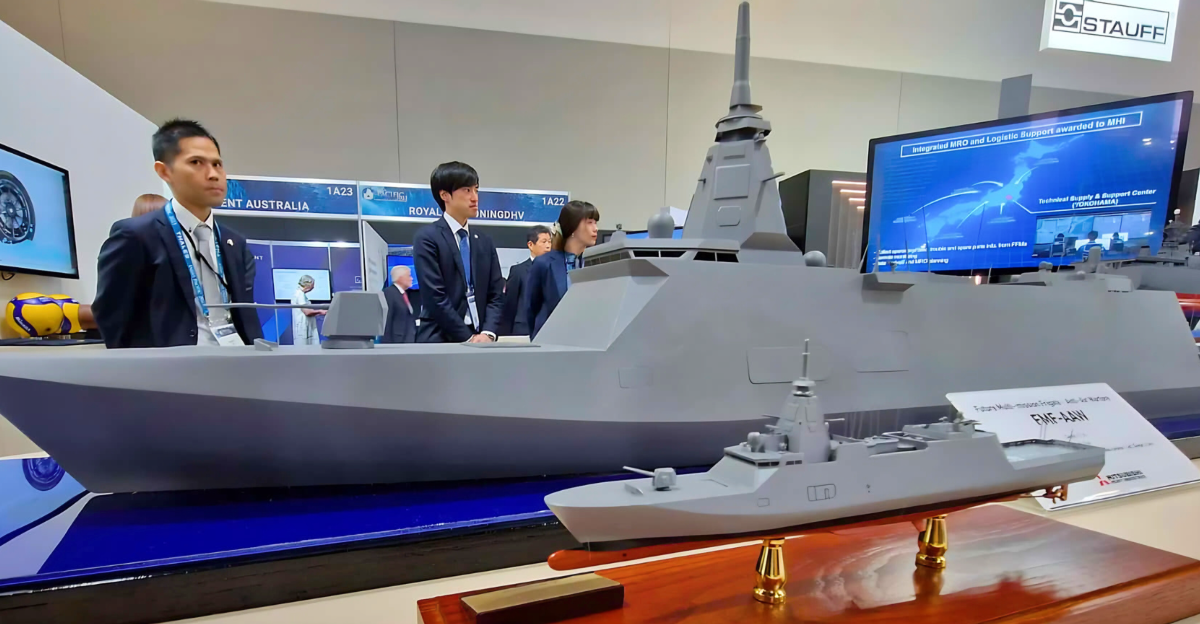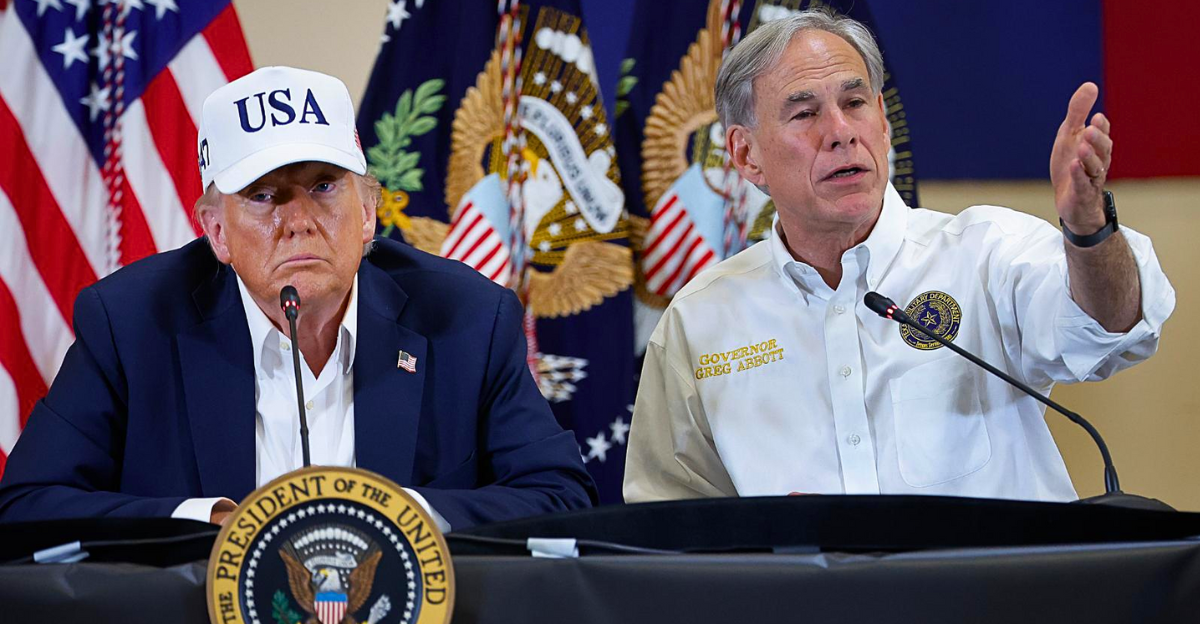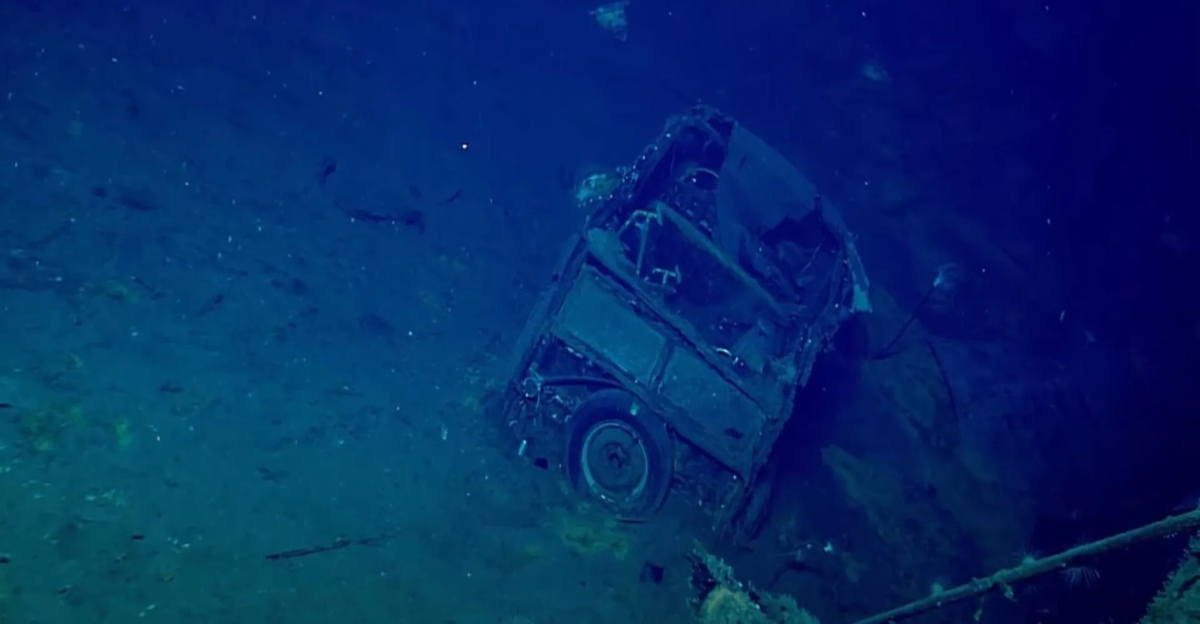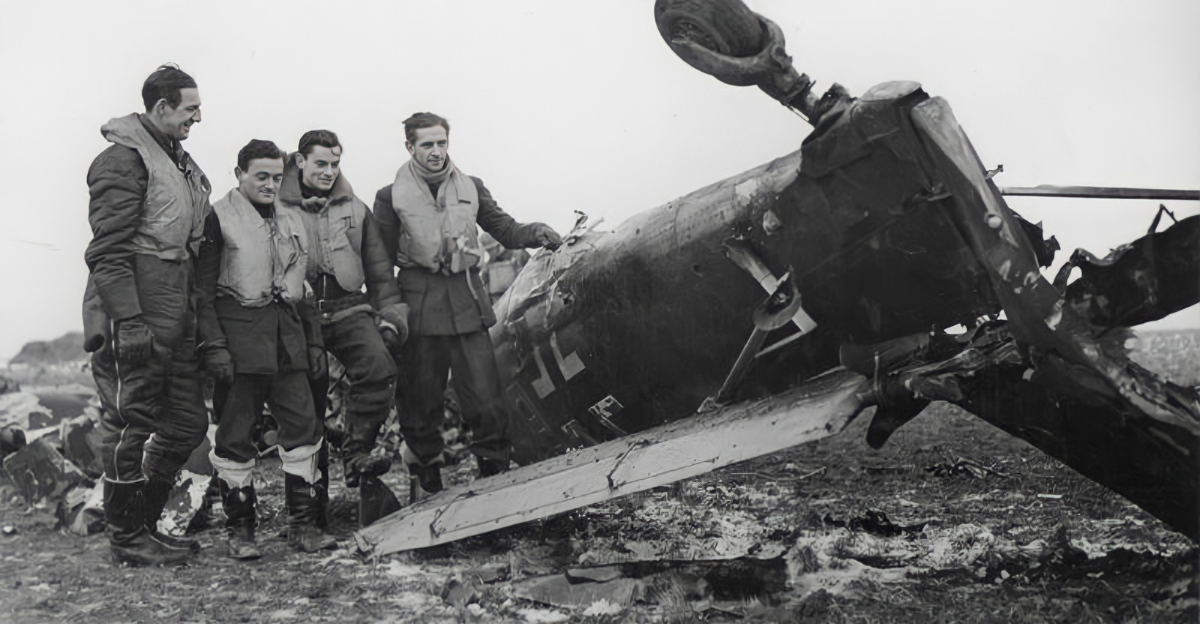
Throughout the history of modern warfare, pilots have dueled in the air with dramatic results. These epic aerial battles – from biplanes in World War I to jet fighters today – changed the course of wars. Here we spotlight ten of the most colossal air-to-air battles ever fought, explained in plain terms for curious readers.
St. Mihiel
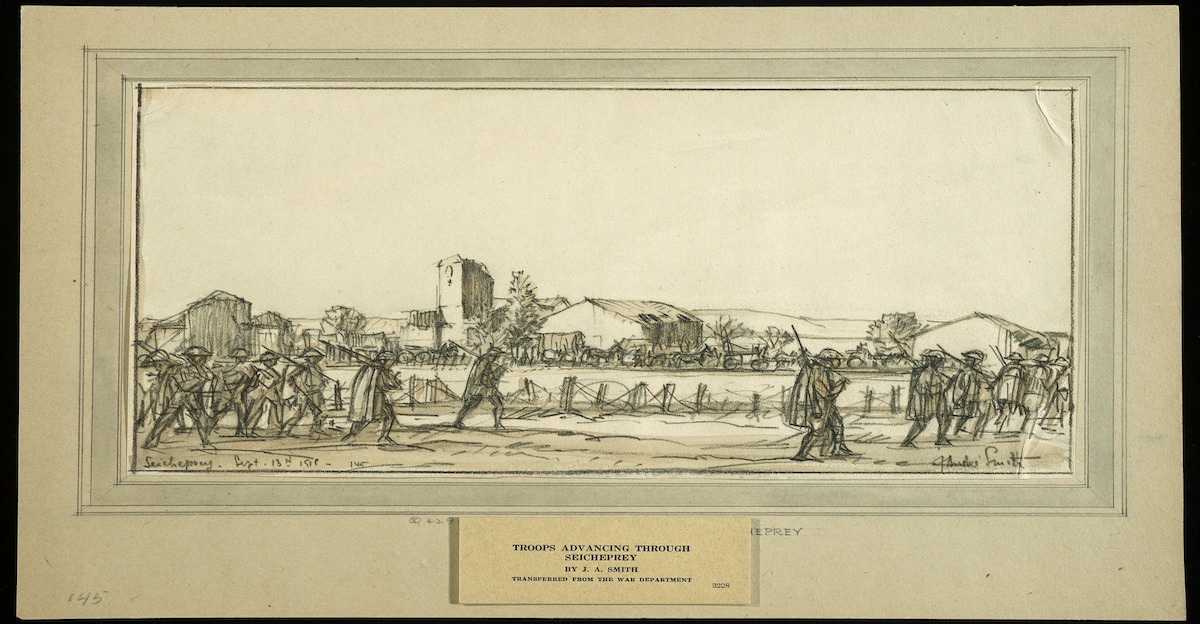
In September 1918, near the town of Saint-Mihiel in France, Allied and German forces faced off in the largest air battle of World War I. Nearly 1,500 Allied planes (mostly French and American) took on about 500 German aircraft in misty skies. This clash, lasting several days, was like seeing the sky filled with biplanes. Despite fog and flak, the Allies won the fight, helping break the German hold on that front.
Battle of Britain
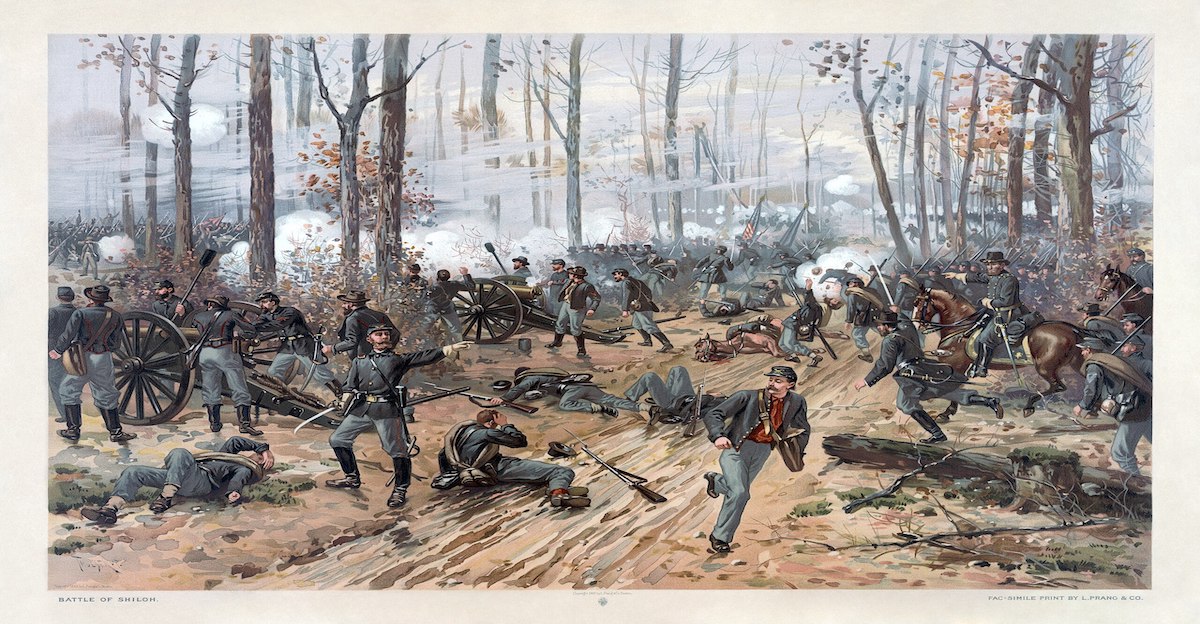
In the summer of 1940, Britain stood almost alone against Germany’s Luftwaffe. This became the Battle of Britain – the first war campaign fought entirely by air forces. For months, British fighters and German bombers clashed over the English Channel. The RAF (Royal Air Force) held off Germany’s large air assault, preventing an invasion of Britain.
It was the largest and longest bombing campaign up to that time, and its outcome was crucial: Britain kept control of its skies, forcing Hitler to postpone his plans.
Coral Sea

In May 1942, the US and Japan met at the Battle of the Coral Sea in the Pacific. Uniquely, no battleships ever fired a shot – all fighting was done by aircraft from carriers. For four tense days, hundreds of planes from both sides took off and battled each other over the ocean. US forces managed to sink a Japanese light carrier and damage others, while the Japanese shot down one US carrier (USS Lexington).
This first “all-air” naval clash ended in a strategic win for the Allies and set the stage for later carrier battles.
Midway

Less than a month after Coral Sea, the Battle of Midway became a pivotal clash. American codebreakers knew Japan’s target, so US carriers lay in wait. On June 4, US dive-bombers swooped in and sank three Japanese carriers in a single surprise strike. A fourth Japanese carrier was finished off later that day. In exchange, the US lost only one carrier and about 150 planes.
This devastating blow stopped Japan’s expansion and is often called the turning point of the Pacific War. Midway showed how powerful well-timed air attacks could be.
Kursk

The summer of 1943 saw the Battle of Kursk in Russia – famous for its massive tank fights – but it also featured the largest air battle ever. At Kursk, record numbers of German and Soviet planes filled the sky. The fighting on July 5 alone involved thousands of aircraft, smashing all records for one day of air combat. Each side threw almost every available fighter and ground-attack plane into the fray.
The Soviets ultimately held their lines, and the German defeat here marked a turning point on the Eastern Front.
Philippine Sea
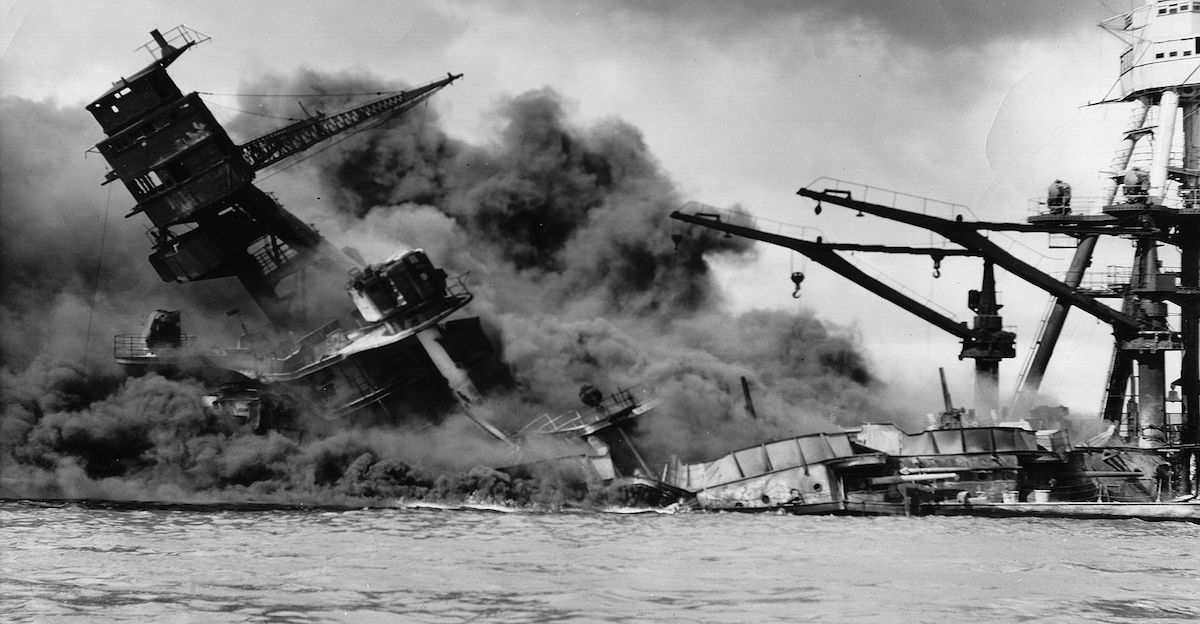
By mid-1944, the Pacific War between the US and Japan saw huge carrier battles. In June, near the Mariana Islands, the Battle of the Philippine Sea became one of the largest carrier-based air battles. It involved roughly 1,000 American planes against 700 Japanese planes. During two days of fighting, American pilots decimated Japanese aircrews in what veterans nicknamed the “Great Marianas Turkey Shoot.” The loss was crippling to Japan’s navy.
Black Thursday
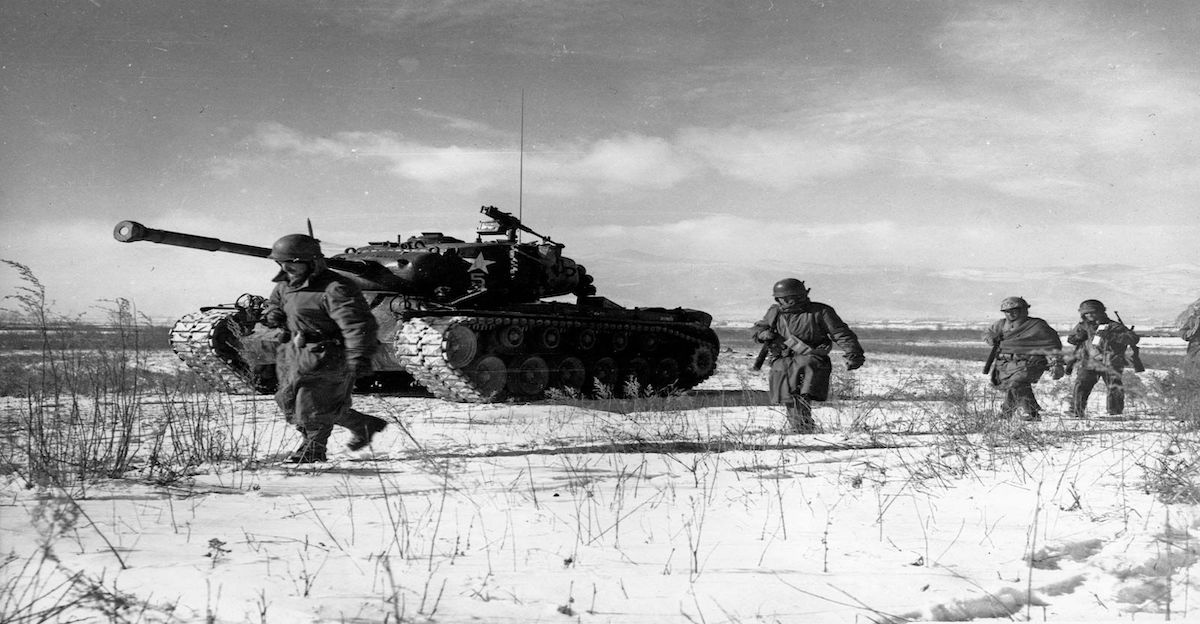
Fast-forward to the Korean War, and we see the birth of modern jet-versus-jet combat. On April 12, 1951 – later called “Black Thursday” by American crews – a formation of US B-29 bombers on a mission was ambushed by dozens of MiG-15 jet fighters (flown by Soviet pilots under North Korean markings). These swift MiGs dived on the slow, lumbering Superfortress bombers and easily picked them off.
Three B-29s were shot down, and others were damaged; the US had to halt daylight bombing raids over North Korea for months after.
El Mansoura
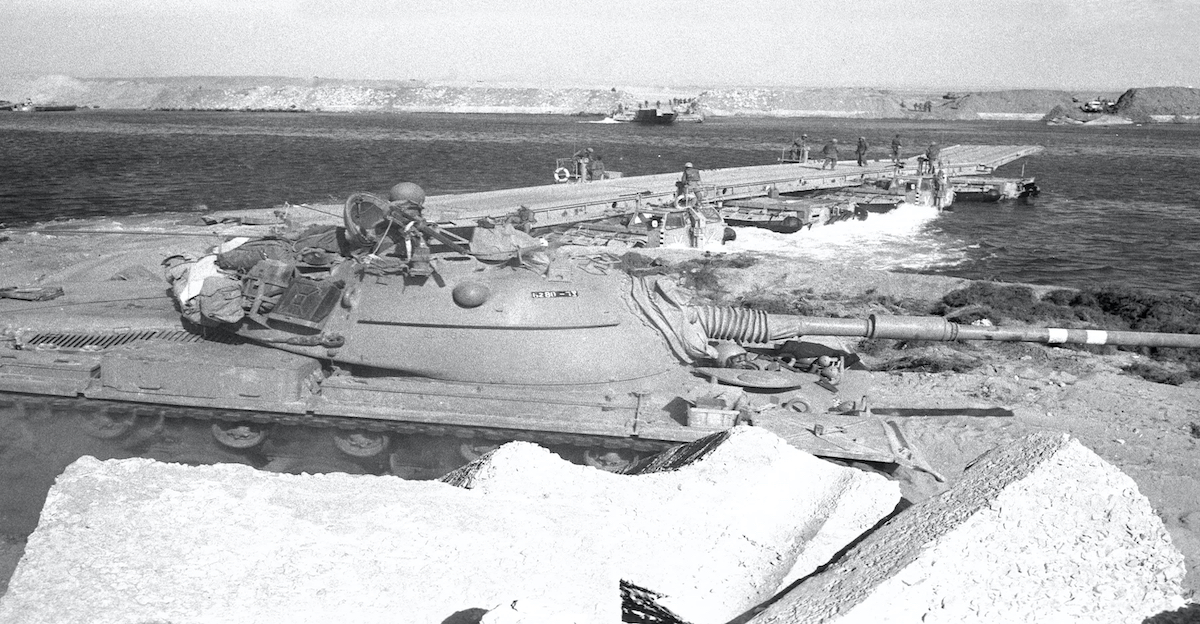
In the 1973 Yom Kippur War, Israelis and Egyptians fought fierce battles on land and in the air. On October 14, 1973, above the town of El Mansoura in Egypt, one of the largest jet dogfights of that war took place. Israeli F-4 Phantom fighters and Egyptian MiG-21s engaged for about 53 minutes – unusually long for a jet skirmish.
The result helped shape the ground battle that was raging at the same time, as each side tried to protect its own tanks and soldiers from air attack.
Mole Cricket 19
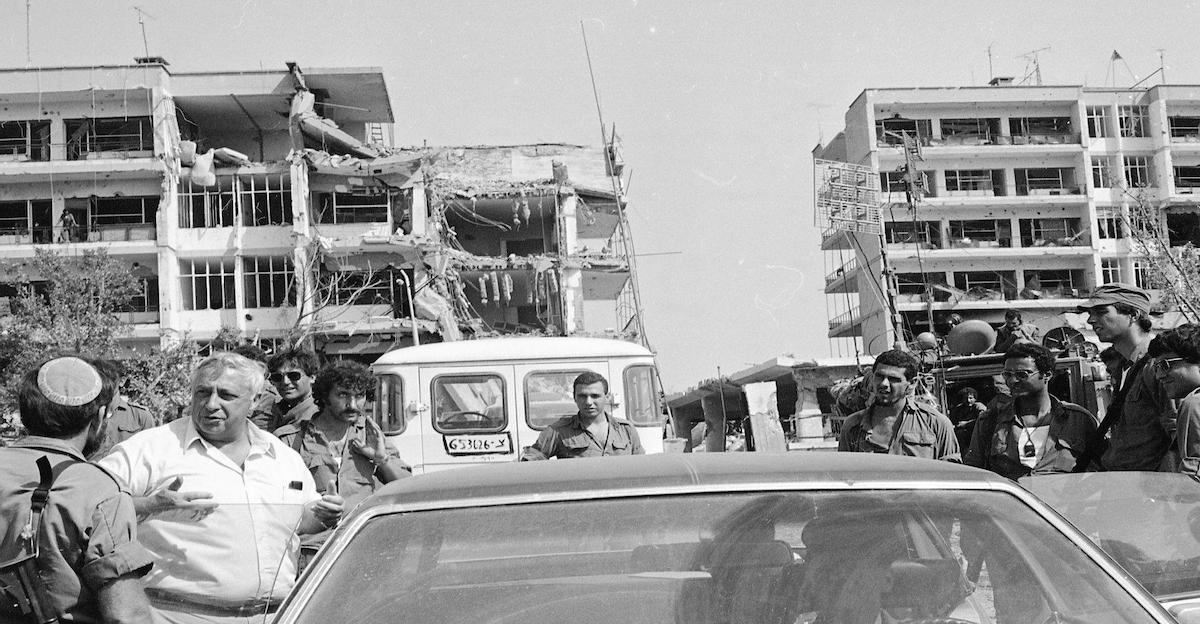
In 1982, during the Lebanon War, Israel staged Operation “Mole Cricket 19,” a landmark in air combat tactics. Israeli intelligence knew Syria had hidden surface-to-air missile (SAM) sites in Lebanon, so Israeli jets set out to destroy them. The Israeli Air Force conducted a massive surprise strike: it jammed enemy radar, then sent in waves of fighters and missile-firing aircraft.
In minutes, the Israelis knocked out most Syrian radar and anti-aircraft defenses, shooting down dozens of Syrian planes without losing a single Israeli jet.
India vs. Pakistan
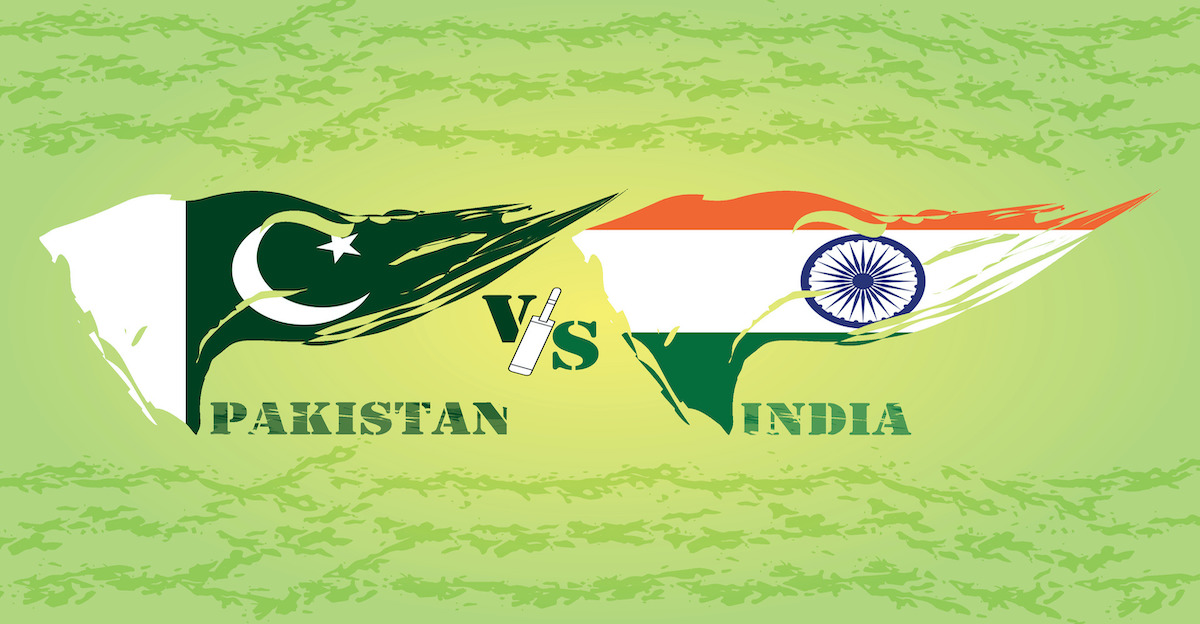
Air battles aren’t just history. In May 2025, India and Pakistan tangled in what is likely the largest air skirmish since World War II. Pakistani officials and news reports said over 100 fighter jets from both sides were involved, and they fought for more than an hour within their own airspaces. CNN and other outlets noted that if these numbers are accurate, this would rank among the biggest air battles ever.
Both sides launched missiles and dodged attacks while staying very careful not to spark a wider war. (Pakistan claims to have downed five Indian planes, India admits losing two.)
These ten battles, spanning over a century, show how air warfare evolved. From the wooden biplanes of World War I to supersonic jets and drones today, the stakes and technology have changed, but the drama has remained.

